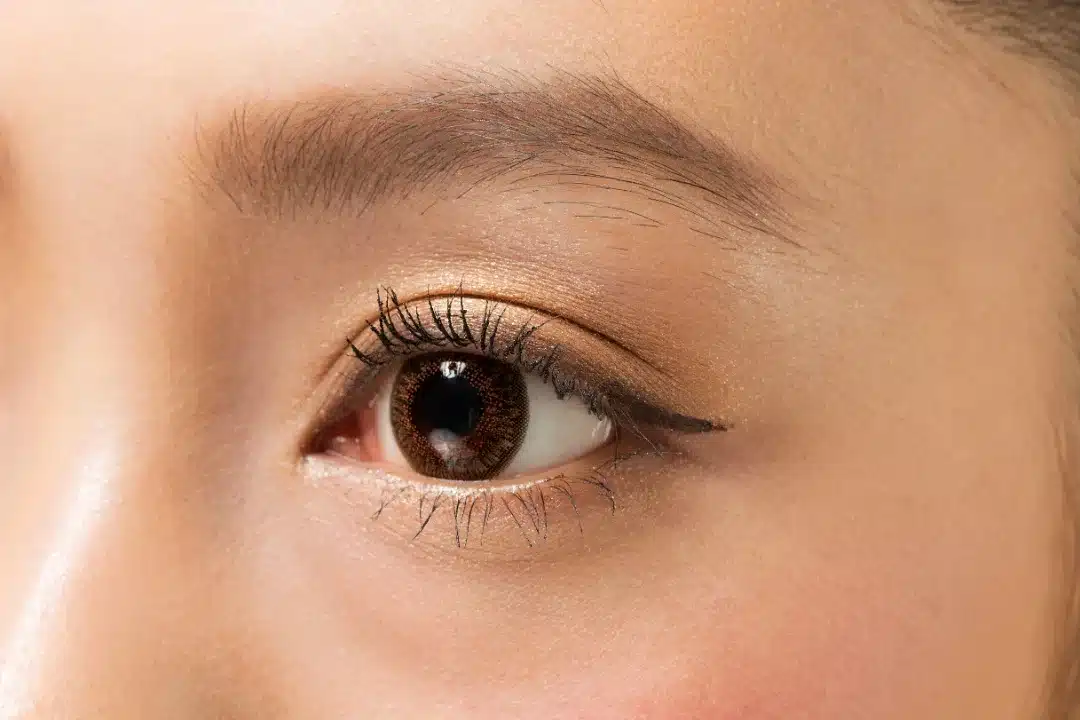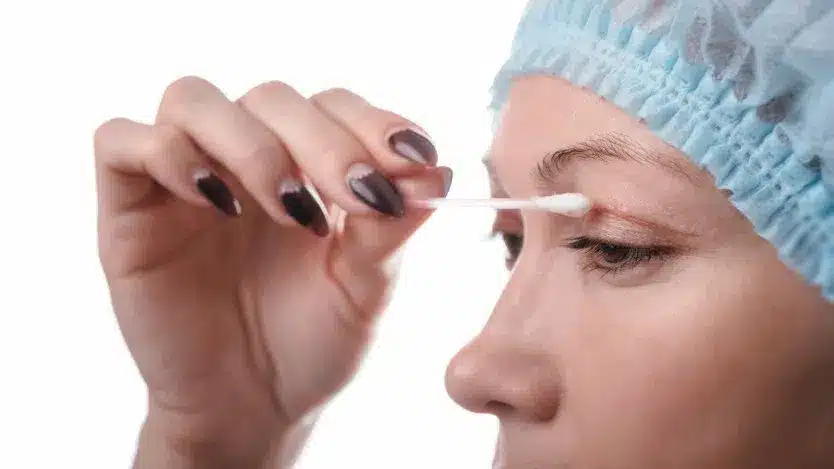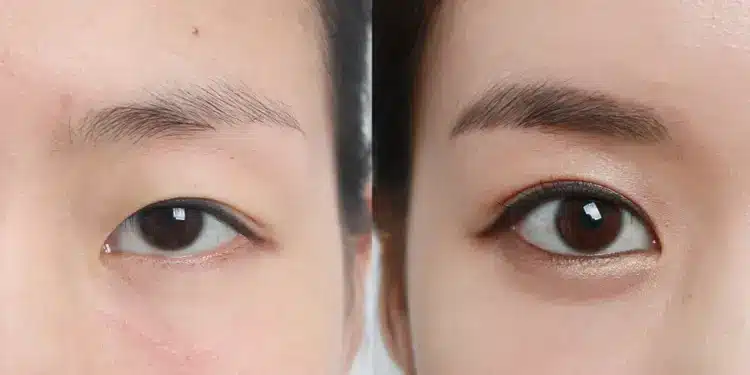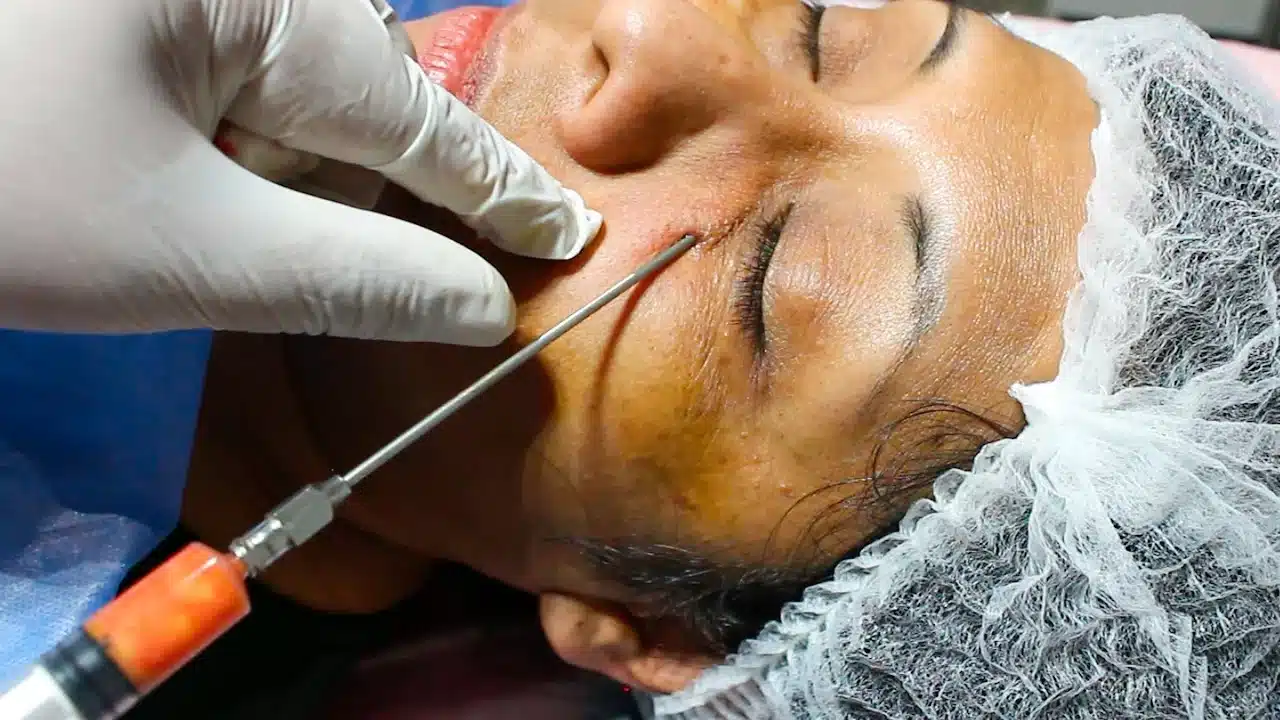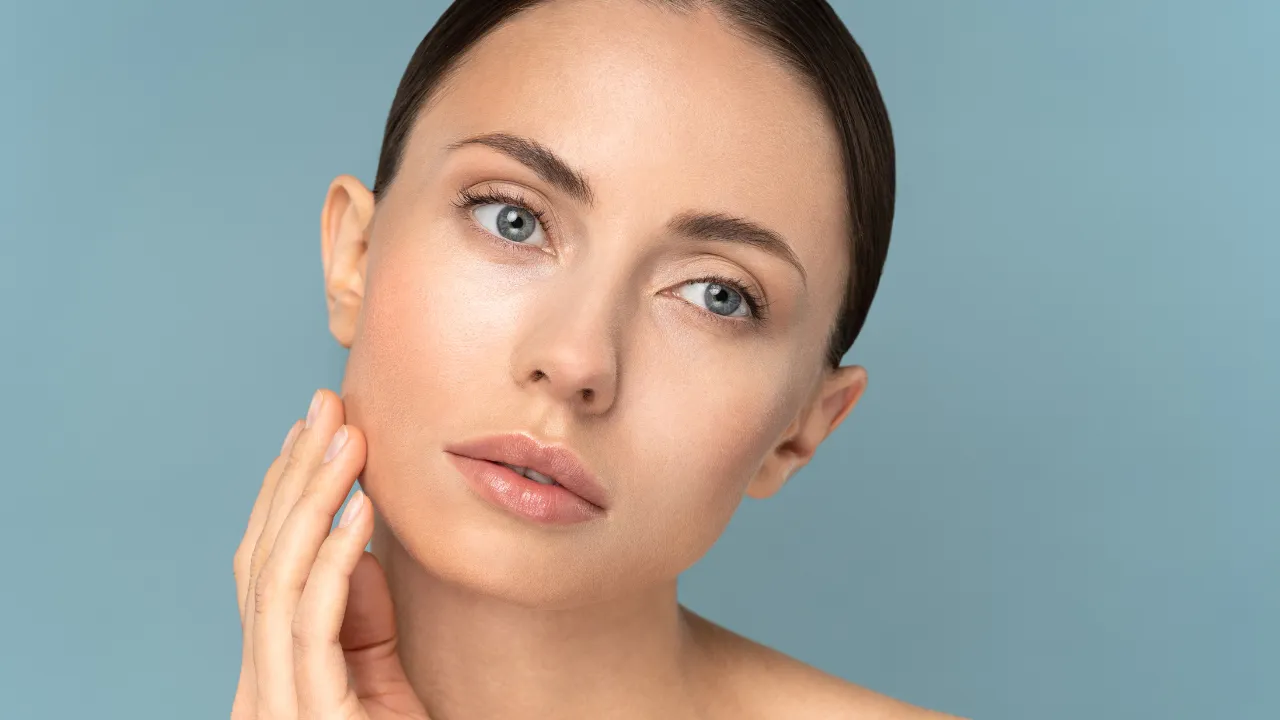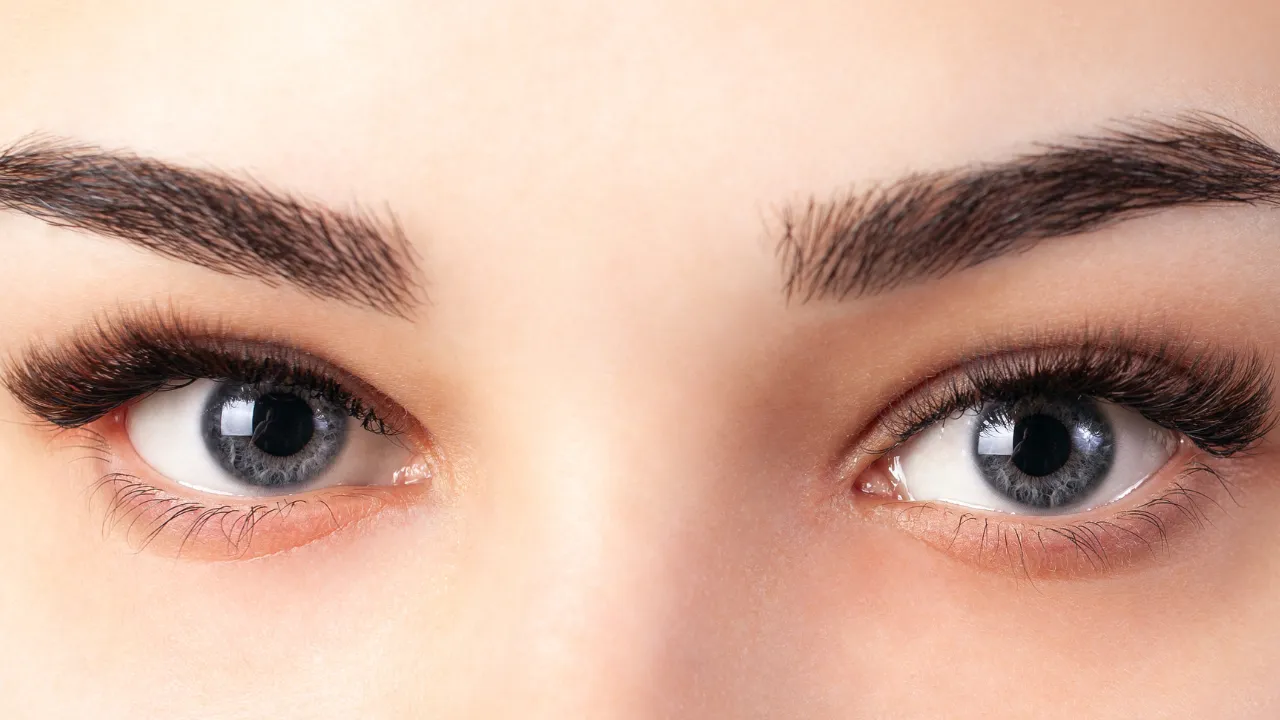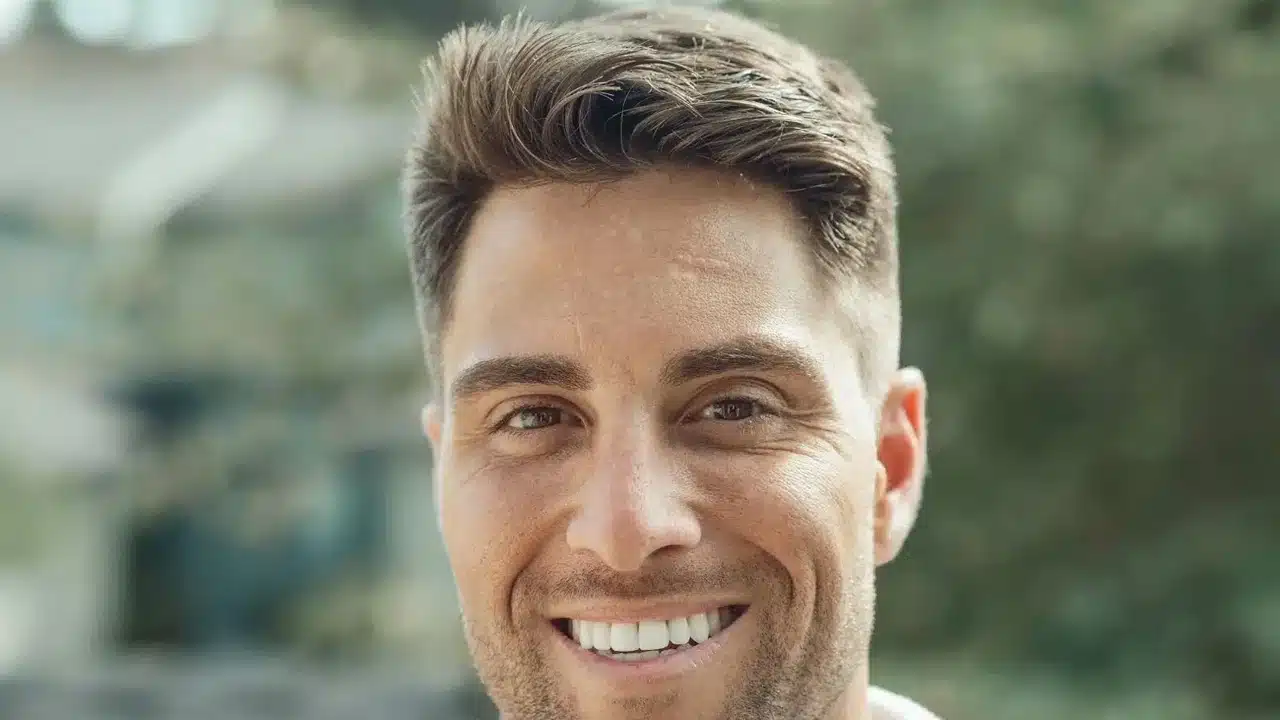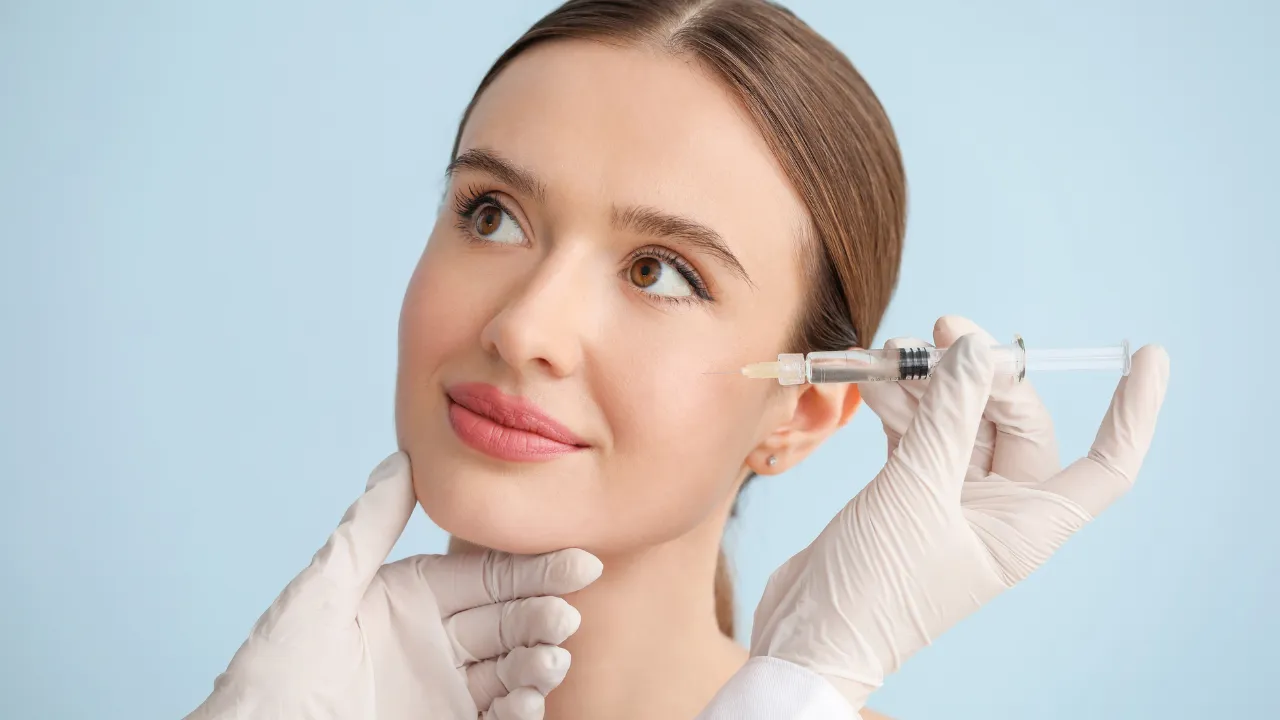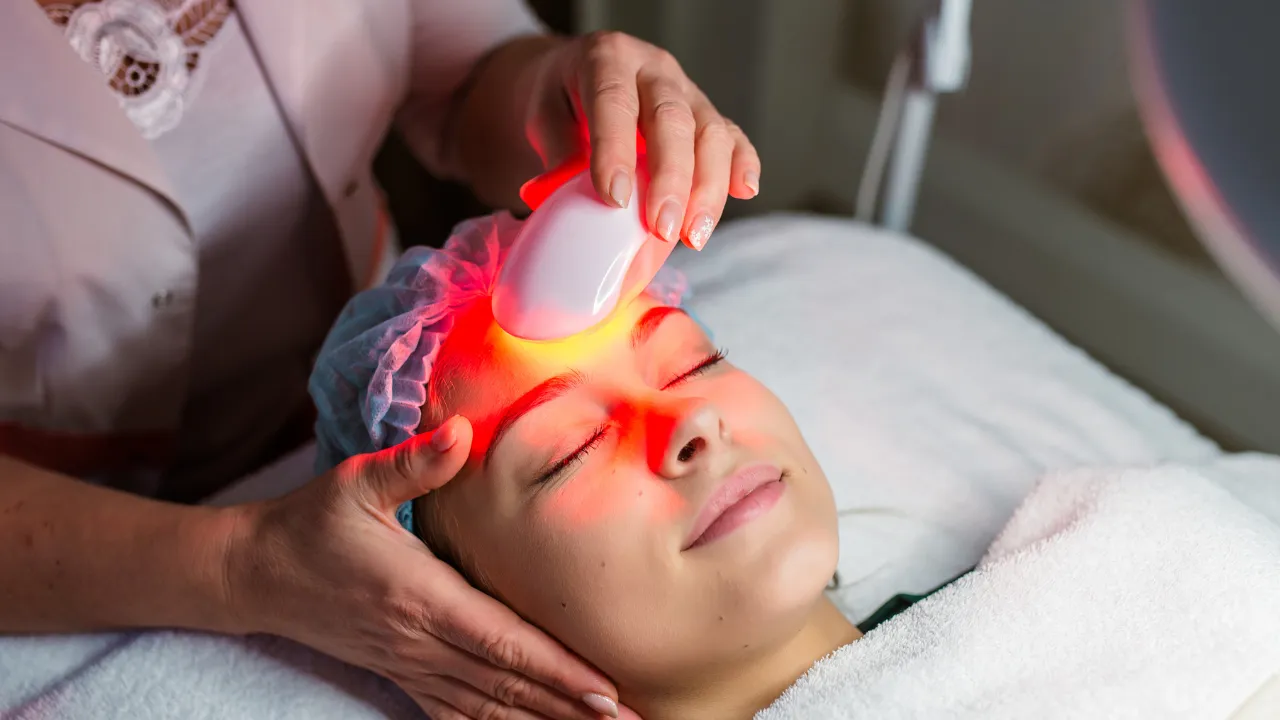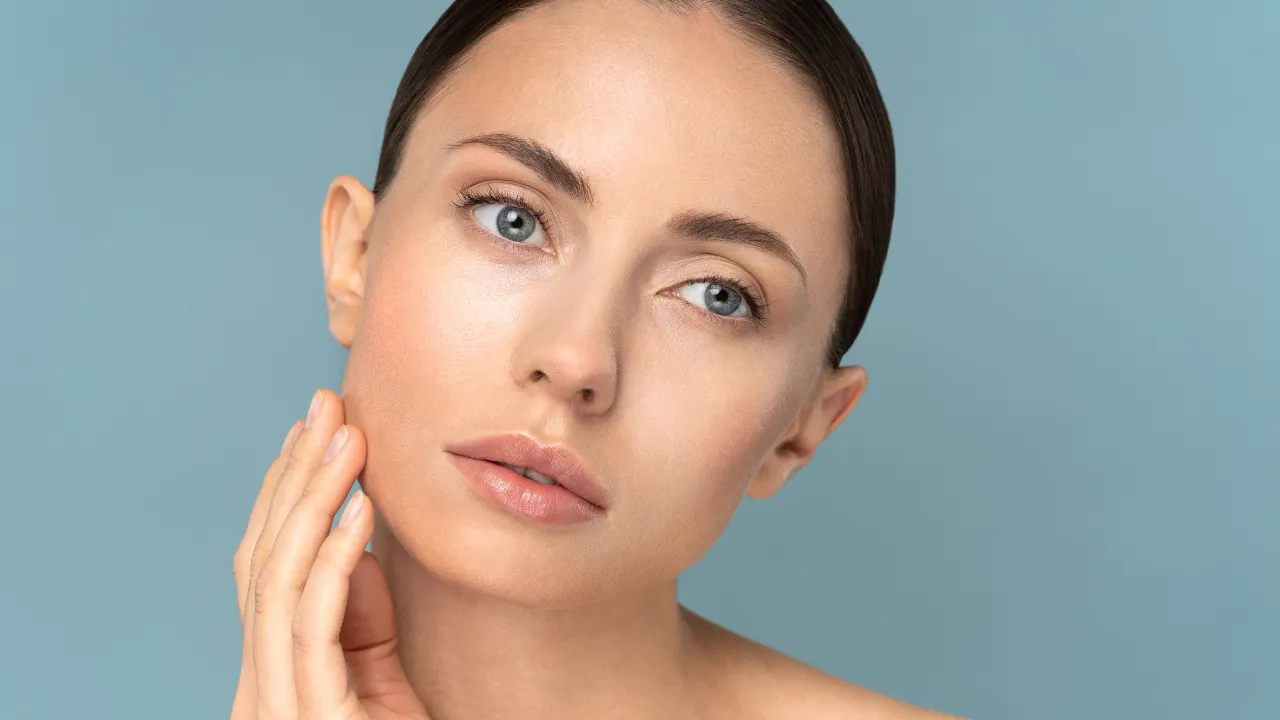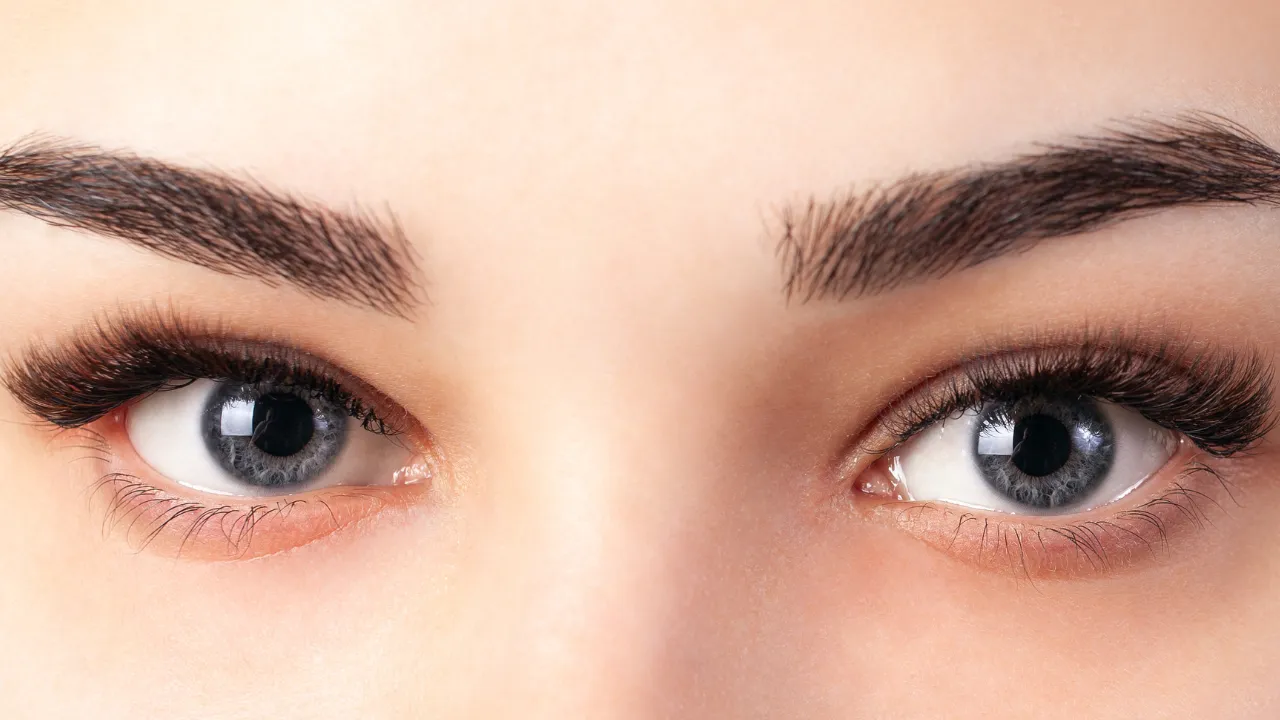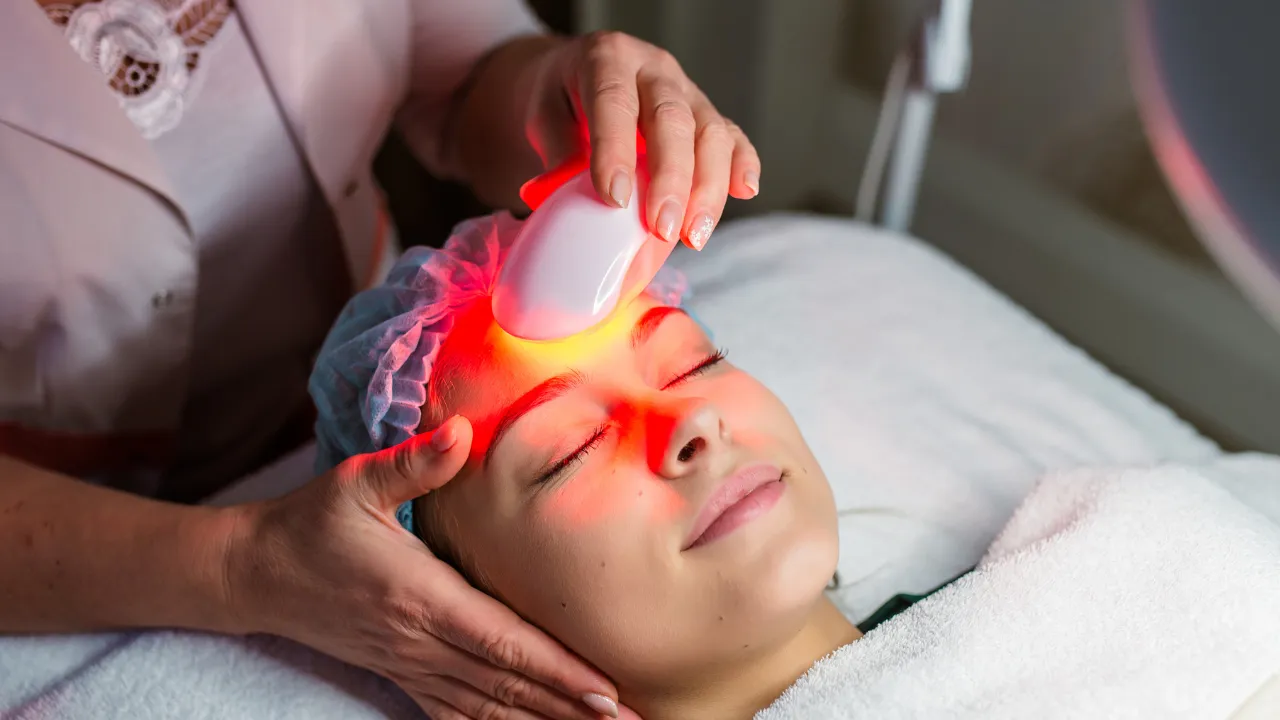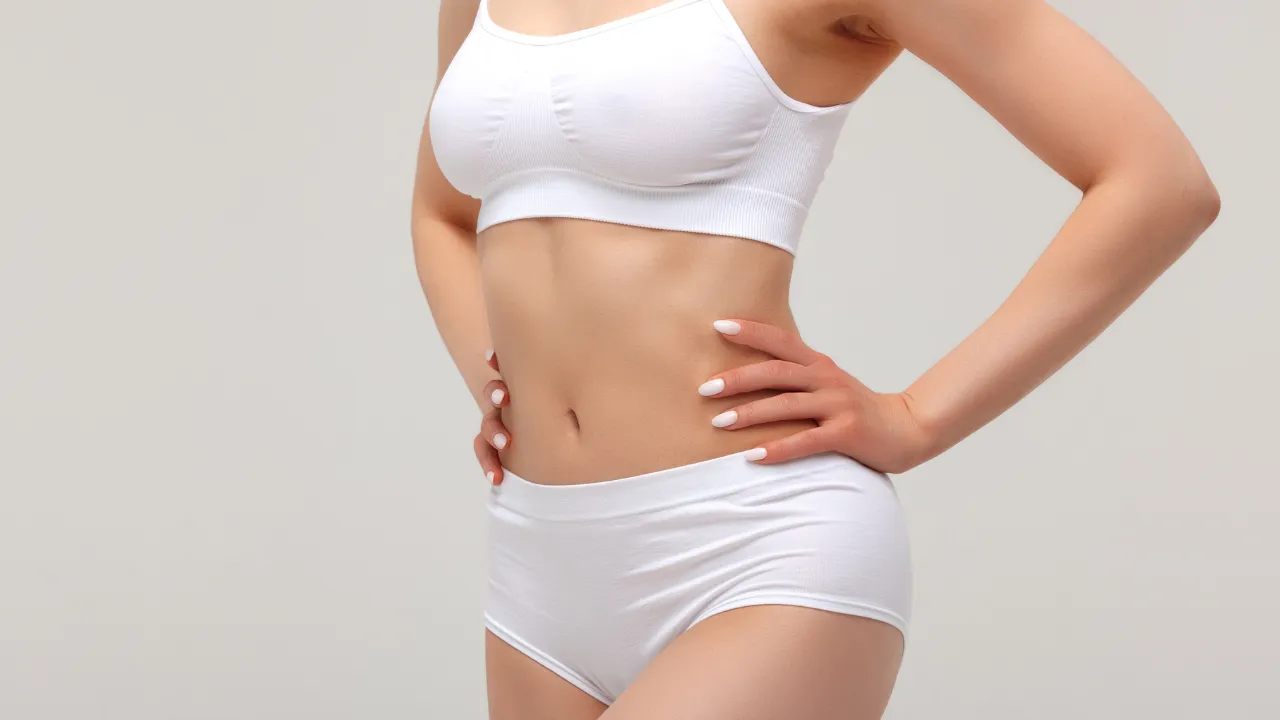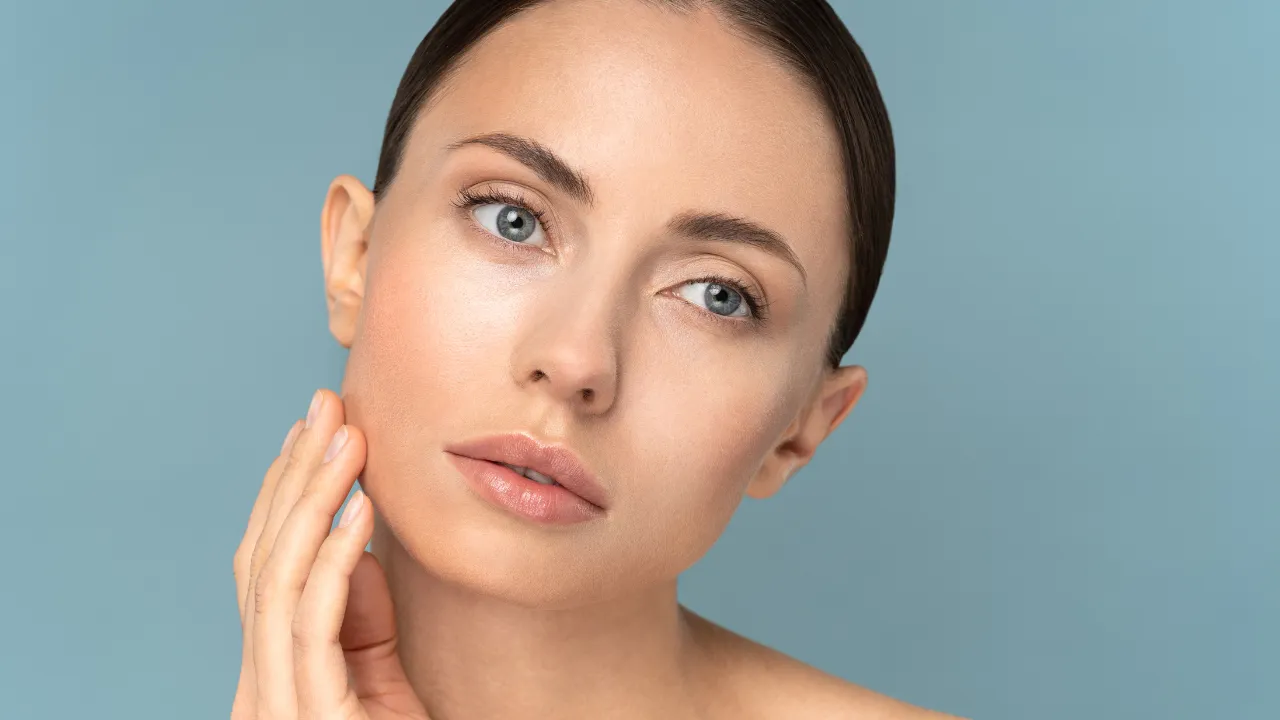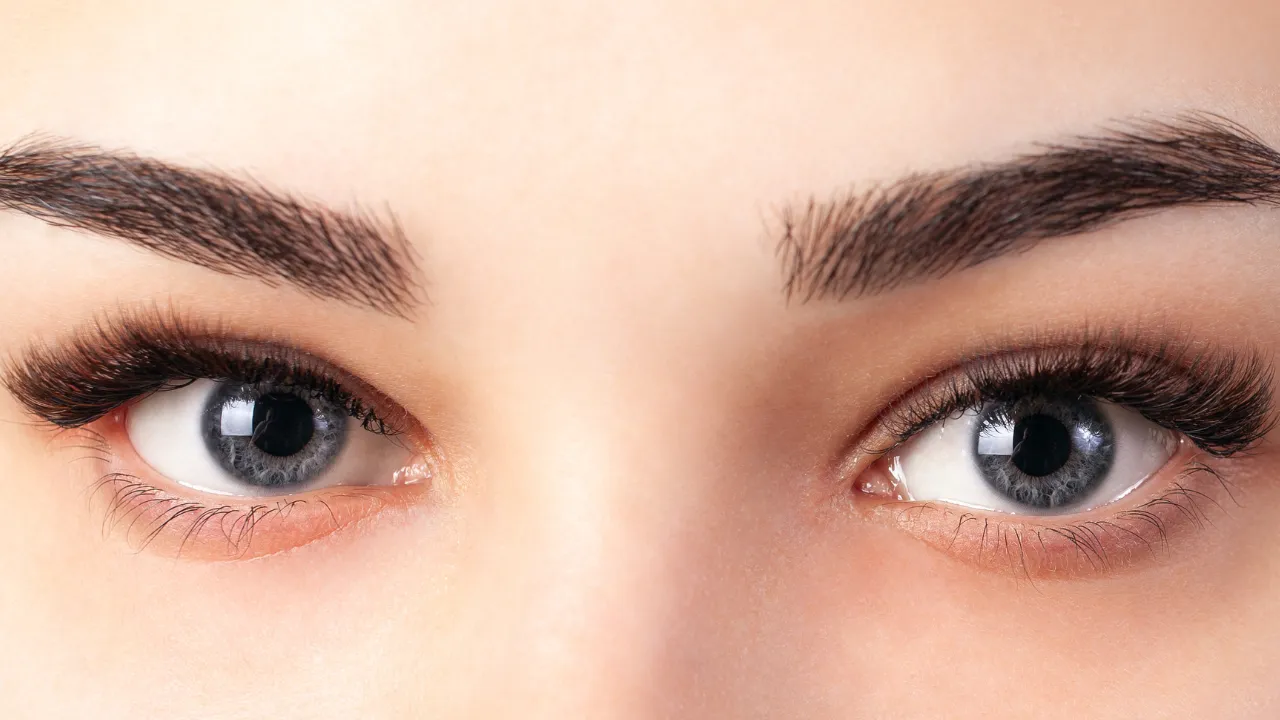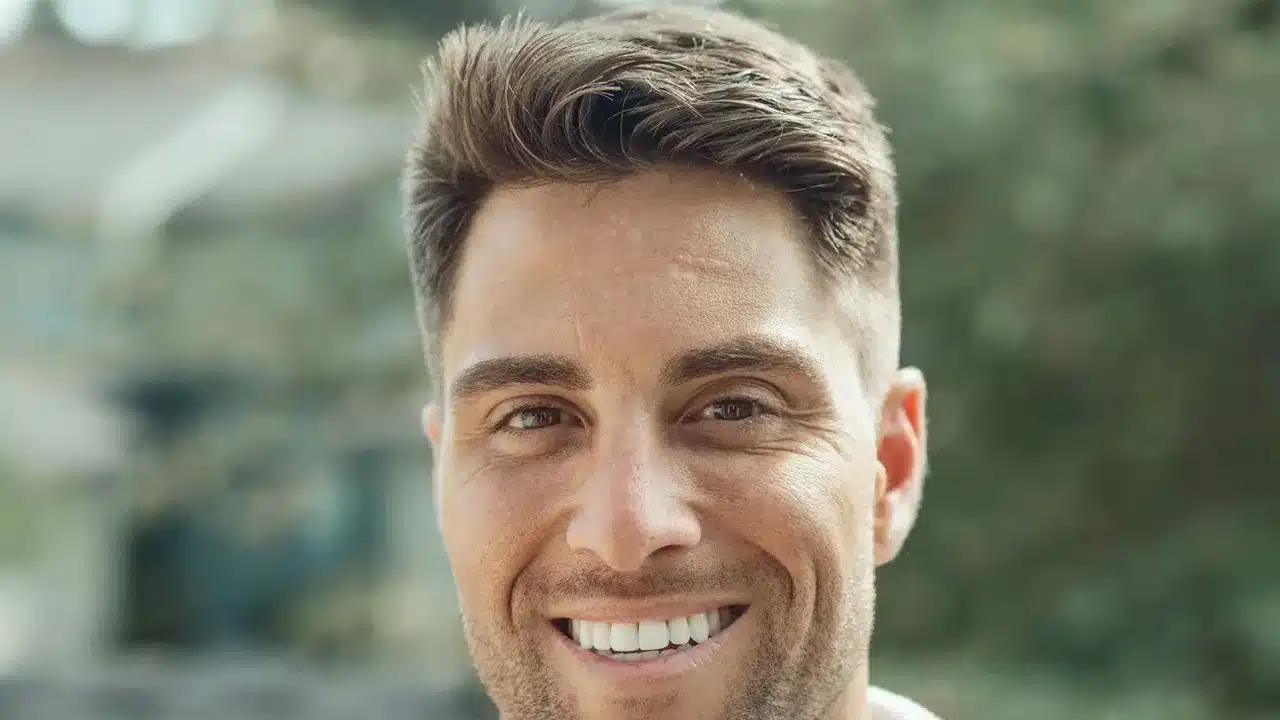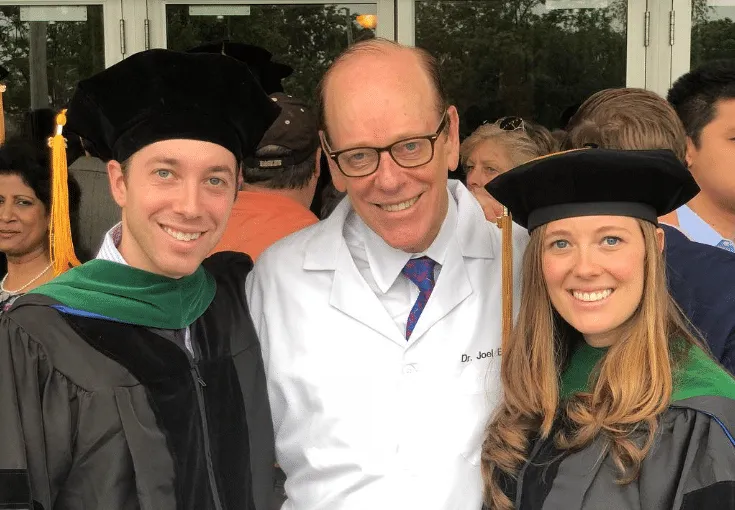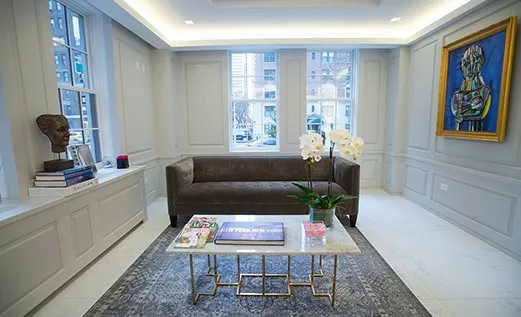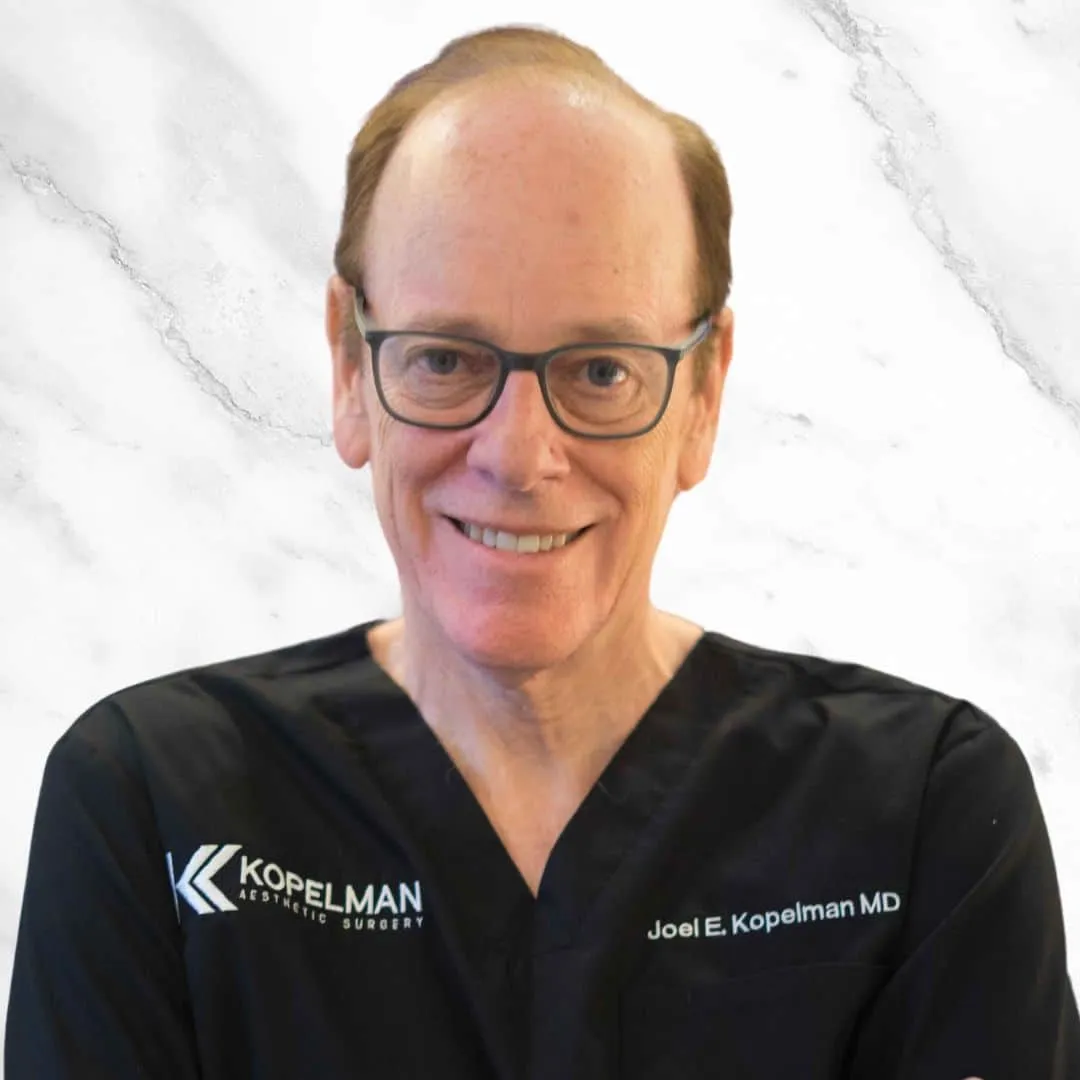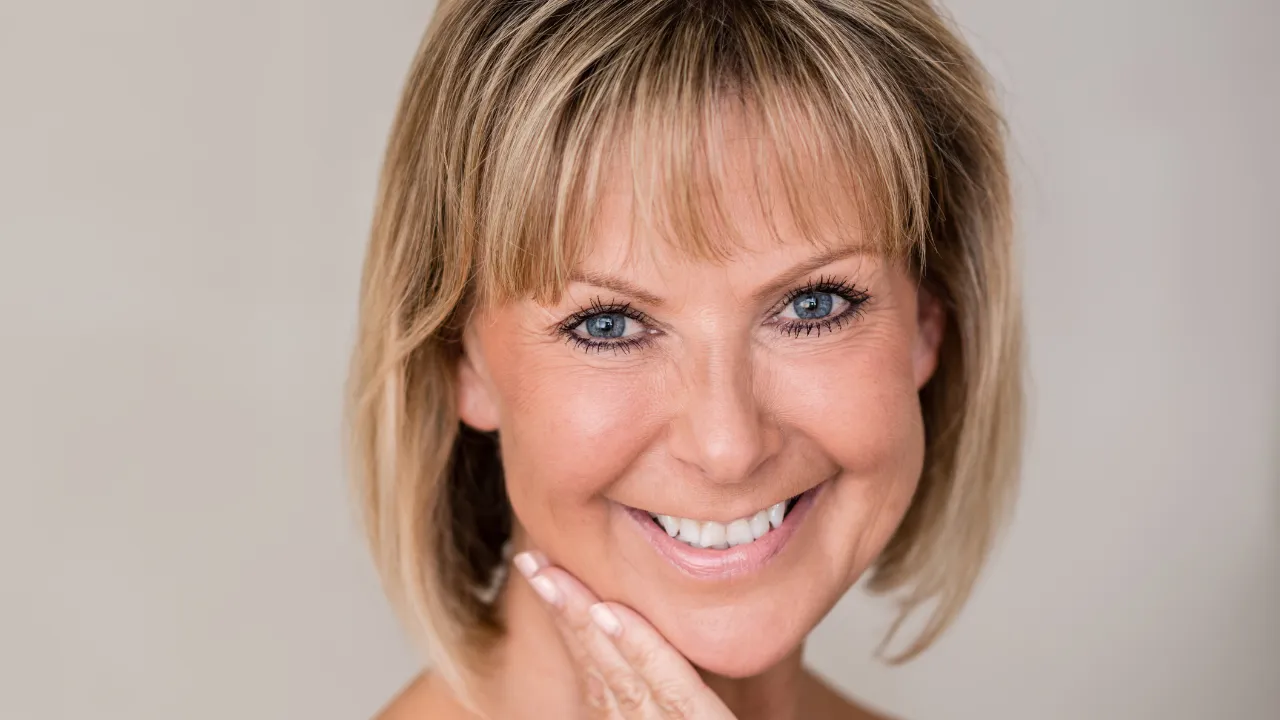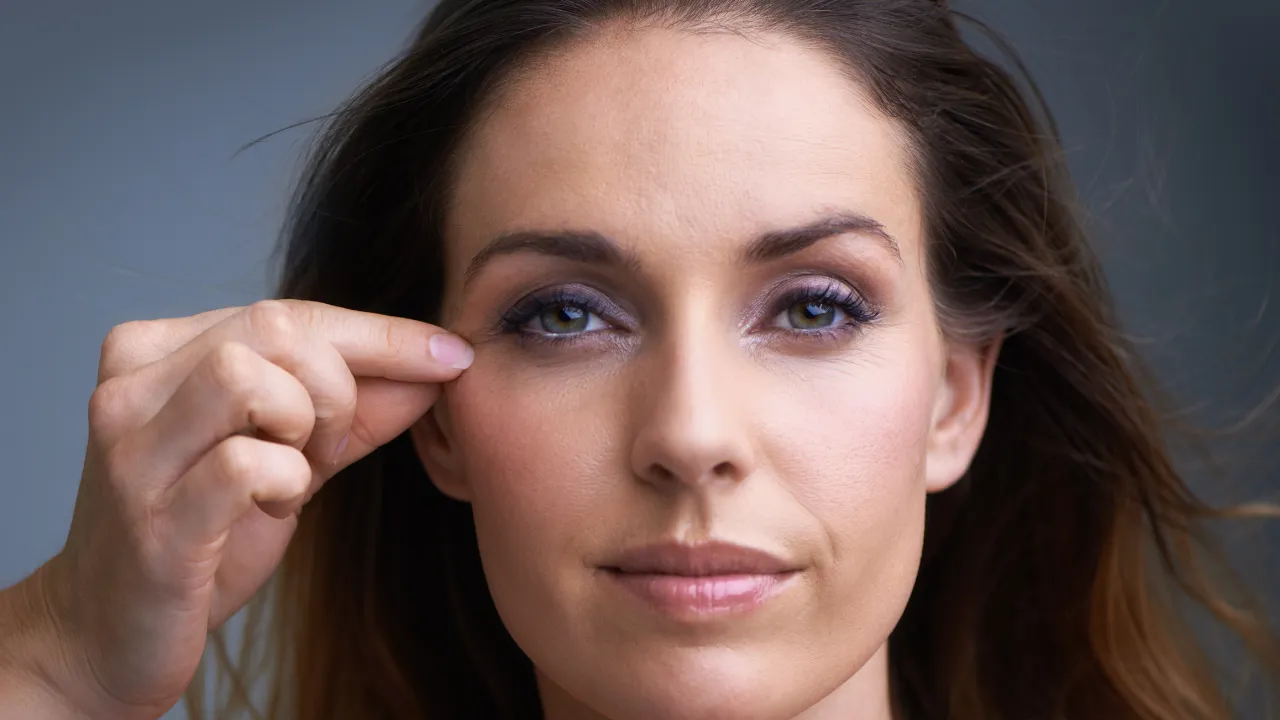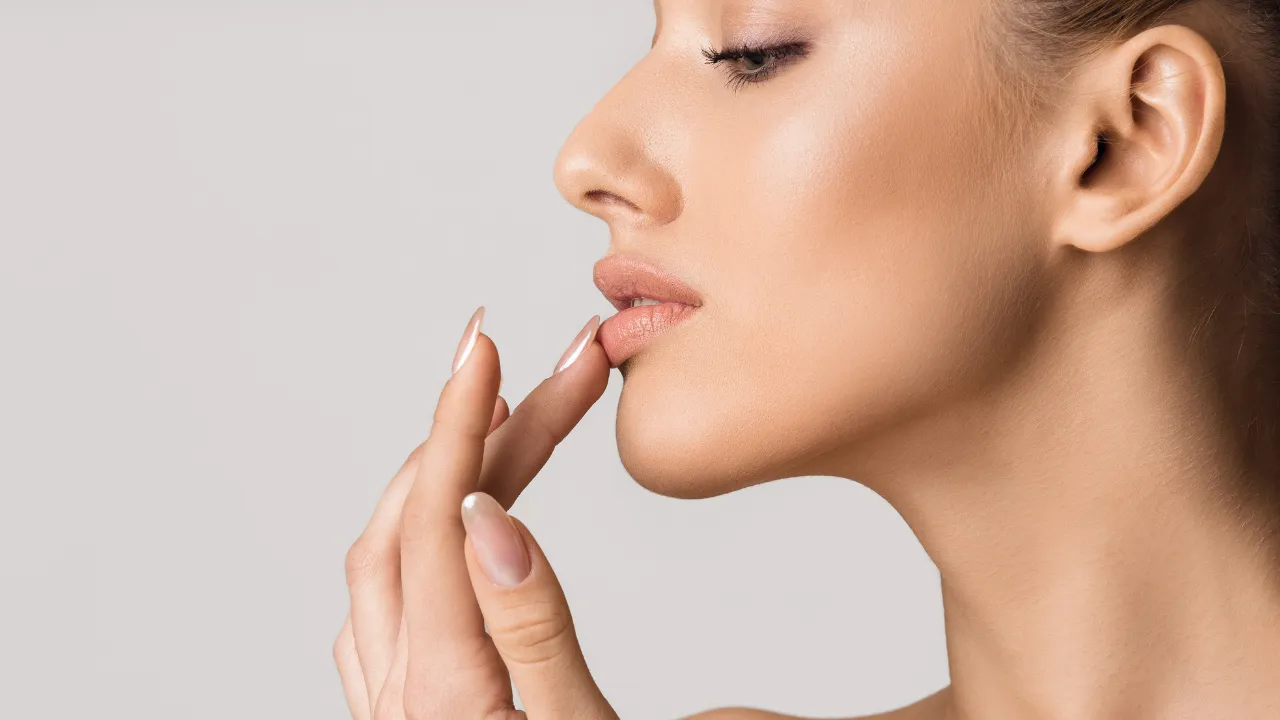At Kopelman Aesthetic Surgery in New York City, Dr. Joel Kopelman helps people with problems like a droopy bottom eyelid. He has over 35 years of experience. Many patients visit him because of a watery eye, which can be caused by eyelid issues like ectropion.
Key Takeaways
- Ectropion occurs when the lower eyelid turns outward, exposing the eye. This causes dryness, irritation, and excessive tearing.
- It can be caused by aging, past surgery, nerve problems, or scar tissue, and may need a skin graft if serious.
- Doctors use an eye exam to check eyelid muscle strength and plan treatments, sometimes as an outpatient procedure with local anesthesia.
- Mild cases can be treated with eye lubricants and eye drops, but surgery is necessary for severe cases.
- Dr. Kopelman is an expert in treating ectropion and other eyelid conditions, focusing on health and appearance.
Table of Contents
ToggleUnderstanding Ectropion and Lower Eyelid Problems
What Is Ectropion? Definition and Meaning
Ectropion means the lower eyelid turns outward. The ectropion definition comes from medical words meaning “turning out.” It often happens because of aging or weak eyelid muscle. People often want to understand why their eyelid changes shape or pulls away from the eye.
How Ectropion Is Diagnosed
Dr. Kopelman does an eye exam to check how the eyelid moves. He uses a special light to look for dryness or sensitivity to light. He also checks for weak skin, past surgery, or scar tissue on the eyelid skin. Early diagnosis helps protect vision and avoid long-term damage.
Ectropion vs. Entropion – What’s the Difference?
In ectropion, the eyelid turns outward. In entropion, it turns inward. Entropion makes lashes rub the eye, while ectropion causes dryness and excessive tearing. Dr. Kopelman can tell which one you have and plan the right treatment.
Medical Term for Droopy Lower Eyelid
Doctors call a drooping lower eyelid ectropion, which is the medical term for droopy lower eyelid. Another name is “lower eyelid eversion.” Knowing the proper lower eyelid drooping medical term helps you explain your symptoms clearly.
Causes of Droopy or Sagging Lower Eyelids
Common Ectropion Causes (Including Factors in Females)
The causes of ectropion are aging, past surgeries, nerve problems, or scar tissue. Women may notice drooping lower eyelid type female changes after cosmetic treatments. Sometimes, both the lower and upper eyelids are affected.
Sudden vs. Gradual Lower Eyelid Drooping
A droopy eyelid can occur gradually with age or suddenly after an injury. Sudden drooping might mean nerve problems. It’s important to see a doctor fast if this happens.
Structural Changes Causing Eyelid Turns Outward
Loose skin or weak tissues can cause the eyelid turning out. When the eyelid turns outward, the eye stays open and unprotected. This can cause irritation and sensitivity to light.
Risks of Leaving Ectropion Untreated
If you leave ectropion untreated, it can cause ulcers, infections, and even vision loss. Scar tissue and dryness can make it worse over the long term. Dr. Kopelman says early treatment helps keep your eyes healthy.
Signs and Symptoms to Watch For
Visible Changes, Irritation, and Photos
Ectropion causes the eyelid to appear red and droopy. People often notice their eyelids hanging away from their eyes in pictures. Online drooping eyelid photos help many people spot the problem.
Tearing, Dryness, and Discomfort
Symptoms include a watery eye, dryness, and excessive tearing. These symptoms of ectropion can make your eyes feel sore. It’s best to get medical help if they don’t go away.
Lower Eyelid Retraction vs. Ectropion
Lower eyelid retraction pulls the eyelid down without turning outward. It differs from ectropion and can occur due to thyroid problems or eyelid muscle weakness. Dr. Kopelman checks for this during exams.
Treatment Options for Droopy Lower Eyelids
Self-Care Tips for Mild Ectropion
For mild cases, you can avoid wind, use cool cloths, and try eye lubricants and eye drops. These help ease symptoms but don’t fix the eyelid position. If problems continue, see a doctor.
Non-Surgical Treatments for Sagging Eyelids
Doctors might suggest:
- Lubricating eye drops
- Moisture shields
- Gentle eyelid massage
- Avoiding smoke and wind
These help with comfort but don’t fully cure the problem.
Surgery for Droopy Bottom Eyelid
Surgery tightens the eyelid’s support. Sometimes, a skin graft is necessary due to the formation of scar tissue. Many surgeries are done as an outpatient procedure with local anesthesia. Healing takes about one or two weeks.
Recovery and Results
After surgery, most people heal in a few weeks. The swelling goes down slowly. Dr. Kopelman ensures that results appear natural and that patients can return to their normal lives soon.
Treating Droopy Lower Eyelid After Blepharoplasty
Sometimes, ectropion occurs after eyelid surgery, known as blepharoplasty. Dr. Kopelman treats droopy lower eyelid after blepharoplasty to help people feel and look better again.
Frequently Asked Questions About Droopy Bottom Eyelid
Can ectropion go away on its own?
Mild cases may improve if the swelling subsides. But most people need treatment. Dr. Kopelman recommends getting checked if symptoms last.
Is ectropion painful?
Ectropion doesn’t always cause discomfort, but it can lead to a dry or watery eye. It might feel scratchy or uncomfortable.
How long does ectropion surgery take to heal?
Healing often takes one to two weeks. Most people go back to their usual activities soon.
Does ectropion affect vision?
Severe cases of ectropion can cause blurred vision if left untreated. Early care helps protect your eyesight over the long term.
When to See a Specialist
If your eyelid pulls away, you have constant tearing, redness, or sensitivity to light, see a doctor. Dr. Kopelman suggests acting quickly to protect your eyes and avoid bigger problems.
Dr. Kopelman is an expert in diagnosing and treating ectropian. He helps people feel better and look natural again. With his care, patients find relief from a droopy bottom eyelid. Schedule a consultation now.


